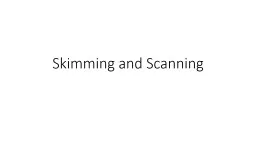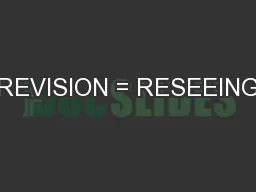PDF-Understanding Taxes Read the passage below and answer the following qu
Author : cheryl-pisano | Published Date : 2015-10-08
Understanding Taxes Is the state gasoline tax regressive progressive or proportional Why Regressive it takes a higher percentage of lower incomes 10 than of higher
Presentation Embed Code
Download Presentation
Download Presentation The PPT/PDF document "Understanding Taxes Read the passage bel..." is the property of its rightful owner. Permission is granted to download and print the materials on this website for personal, non-commercial use only, and to display it on your personal computer provided you do not modify the materials and that you retain all copyright notices contained in the materials. By downloading content from our website, you accept the terms of this agreement.
Understanding Taxes Read the passage below and answer the following qu: Transcript
Download Rules Of Document
"Understanding Taxes Read the passage below and answer the following qu"The content belongs to its owner. You may download and print it for personal use, without modification, and keep all copyright notices. By downloading, you agree to these terms.
Related Documents














